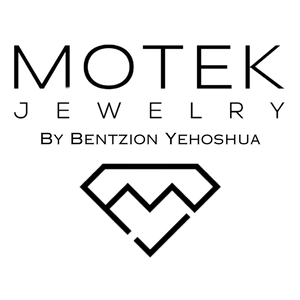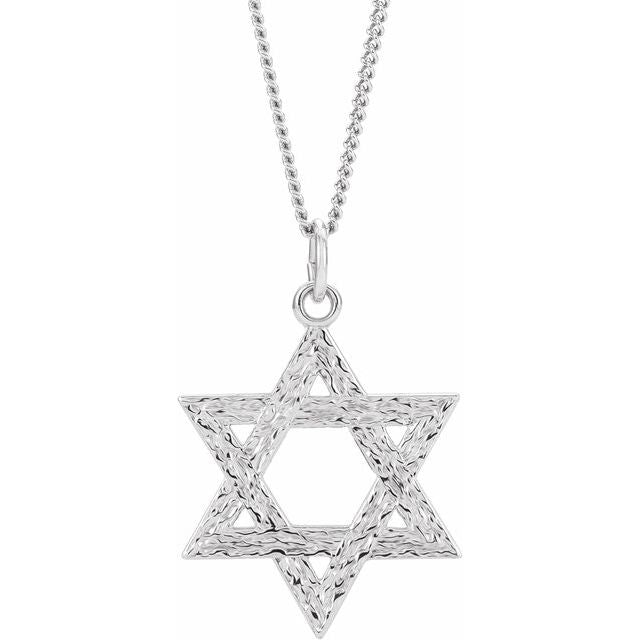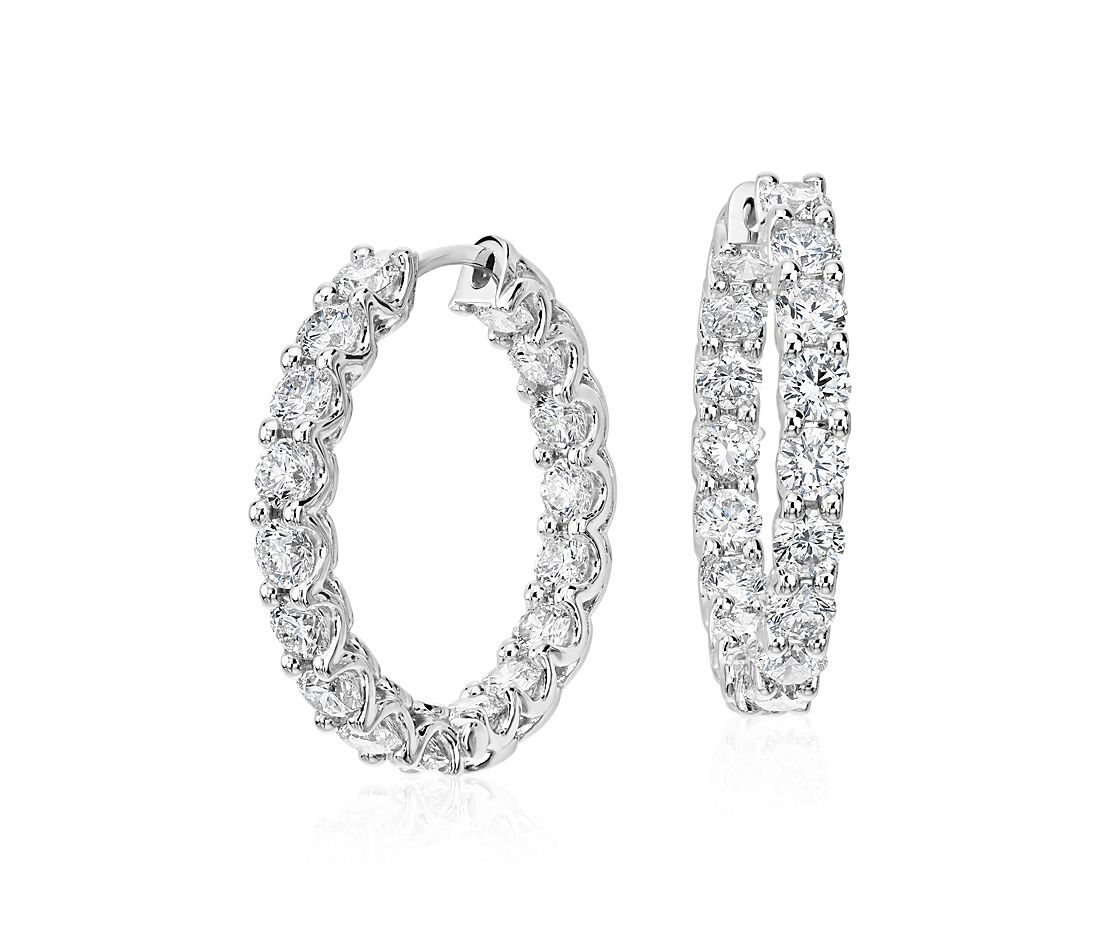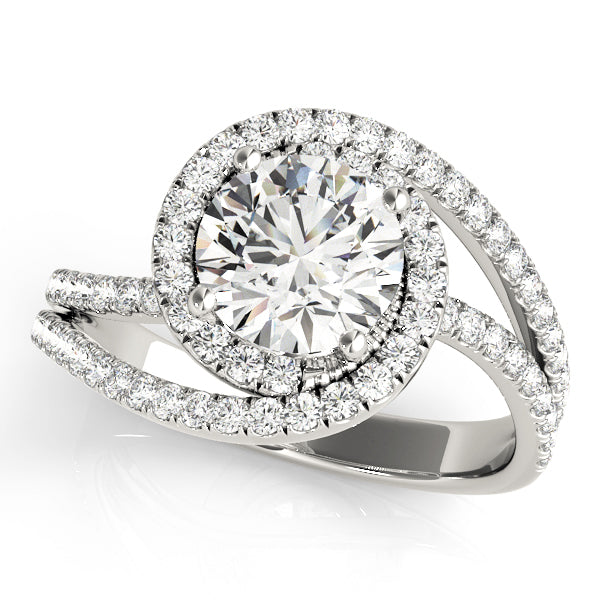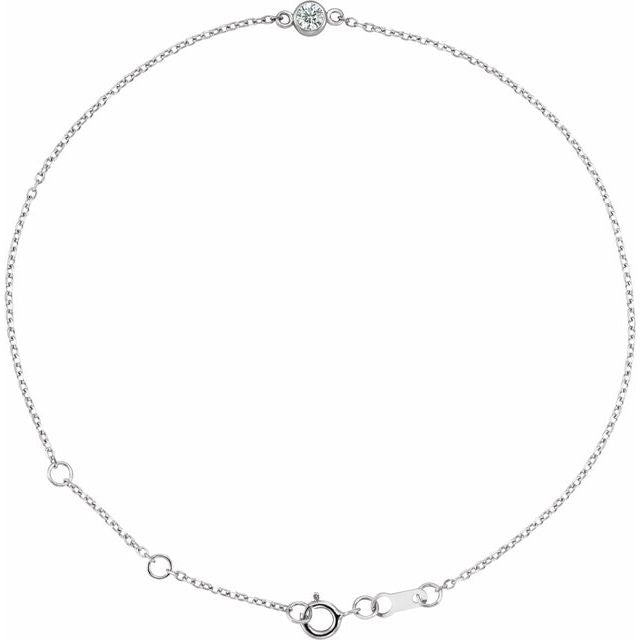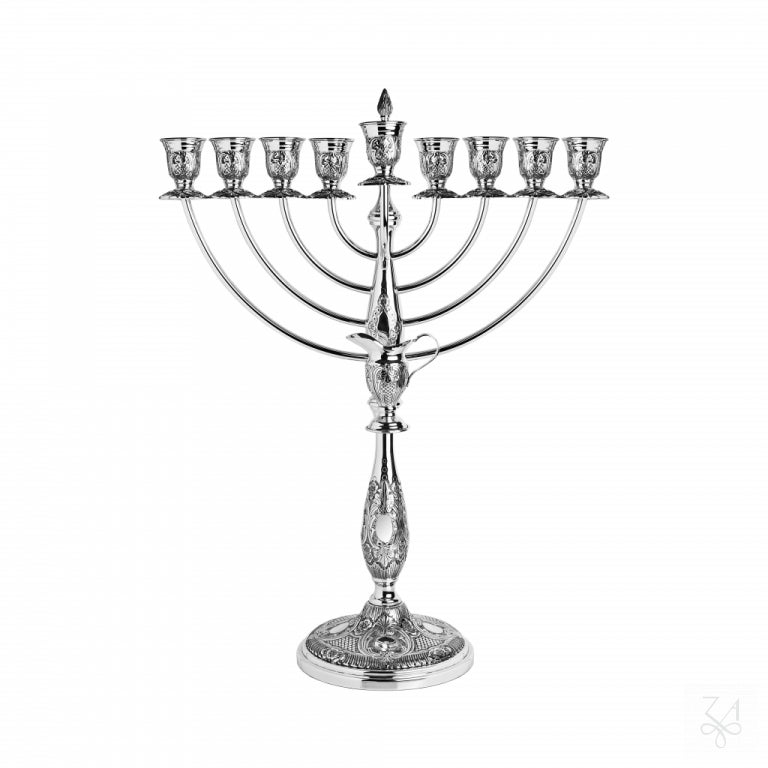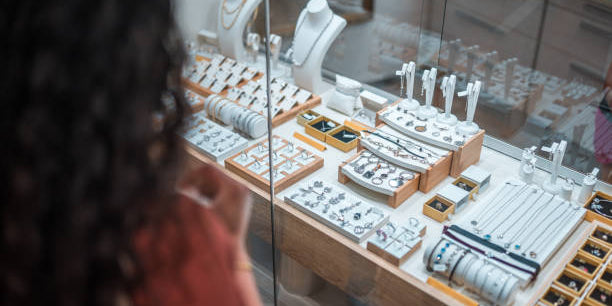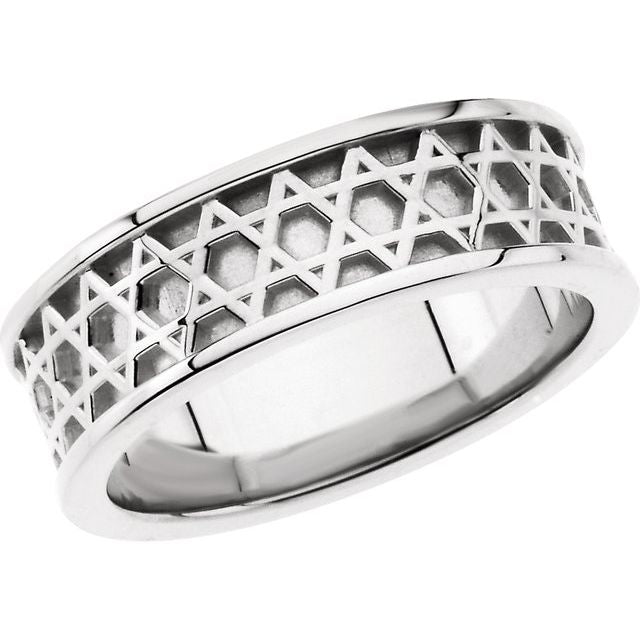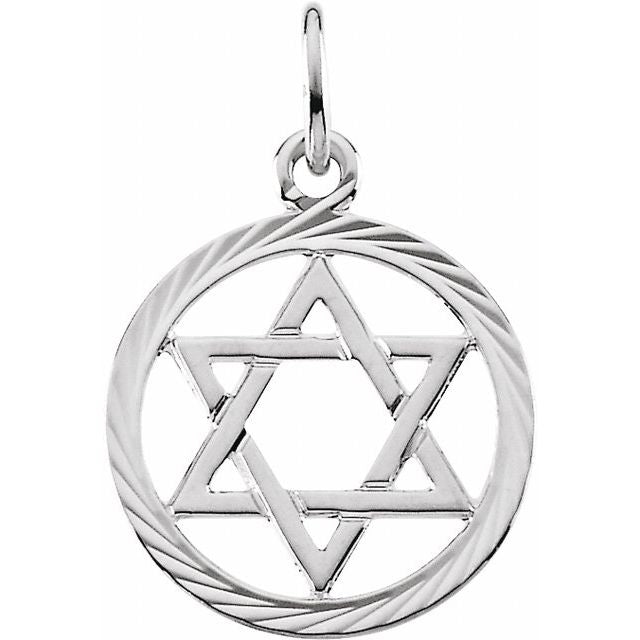In a world where investment options seem endless, silver jewelry stands out as both a timeless adornment and a potentially lucrative investment. While gold often dominates conversations about precious metal investments, silver jewelry offers unique advantages that make it particularly attractive in today's economic climate. This comprehensive guide explores why now might be the perfect time to consider adding silver jewelry to your investment portfolio or personal collection.
The Enduring Appeal of Silver: More Than Just Aesthetics
Silver has captivated humanity for thousands of years. Archaeological evidence suggests silver jewelry dates back to ancient civilizations in Mesopotamia around 4000 BCE. This enduring appeal isn't merely coincidental—silver's unique properties make it exceptionally suited for both adornment and investment.
The Scientific Edge: Silver's Unique Properties
Silver possesses the highest electrical conductivity, thermal conductivity, and reflectivity of any metal. These properties make it indispensable in various industries, including electronics, solar energy, and medical applications. According to the Silver Institute, industrial demand for silver reached 508.2 million ounces in 2021, representing over 50% of total silver demand globally.
Beyond its industrial applications, silver's natural antibacterial properties have been recognized since ancient times. Recent studies published in the Journal of Applied Microbiology confirm silver's effectiveness against a broad spectrum of bacteria, including antibiotic-resistant strains—a property that adds practical value to silver jewelry beyond aesthetics.
Economic Factors Favoring Silver Jewelry Investment
Current Market Dynamics: Silver's Attractive Valuation
As of 2023, silver remains significantly undervalued compared to historical gold-to-silver ratios. While the historical average hovers around 60:1, recent years have seen ratios exceeding 80:1, suggesting silver may be poised for correction. Market analysts at The Silver Institute project continued growth in silver demand, particularly in emerging markets where rising middle classes seek accessible luxury goods.
Inflation Hedge Potential
With inflation concerns mounting in many economies, tangible assets like precious metals often serve as effective hedges. During the inflation spike of the late 1970s, silver prices soared to nearly $50 per ounce. More recently, during the economic uncertainty of 2020, silver saw gains of over 47% in a single year, outperforming many traditional investment vehicles.
Supply Constraints Creating Price Pressure
Unlike gold, which is primarily mined for itself, approximately 75% of silver production comes as a byproduct of mining other metals, according to data from Statista. This production dynamic creates supply inelasticity, meaning silver production doesn't necessarily increase when silver prices rise. Mining industry reports from GFMS indicate global silver production has plateaued in recent years, creating potential supply constraints as demand grows.
Investment Benefits Specific to Silver Jewelry
Dual Value Proposition: Intrinsic and Artistic Worth
While silver bullion derives value primarily from its metal content, silver jewelry offers a dual value proposition. Beyond the intrinsic metal value, craftsmanship, design, brand prestige, and historical significance can substantially increase a piece's worth. A study by McKinsey & Company found that luxury jewelry typically appreciates at rates between 5-10% annually, outpacing inflation in most markets.
Accessibility Compared to Other Precious Metal Investments
With gold prices remaining prohibitively high for many investors, silver jewelry represents an accessible entry point into precious metal investing. This accessibility extends to both initial purchase and liquidity—silver jewelry can be more easily sold in smaller quantities without significantly impacting personal portfolio balance.
Wearable Investment: Utility While Appreciating
Unlike stocks, bonds, or even silver bullion, jewelry investments offer the unique advantage of utility during ownership. Market analysis from Knight Frank's Luxury Investment Index indicates that jewelry has outperformed many traditional luxury investments over the past decade, with average returns of 7-8% annually.
Cultural and Trending Factors Favoring Silver Jewelry
Sustainability Credentials in an Eco-Conscious Market
As environmental concerns increasingly influence consumer decisions, silver jewelry benefits from having a smaller ecological footprint than many alternatives. The energy required to mine and refine silver is significantly less than that needed for gold, platinum, or diamonds. According to the Environmental Protection Agency, silver mining produces approximately 1/3 the carbon emissions per ounce compared to gold mining.
Furthermore, the recycling rate for silver is among the highest of all metals, with approximately 30% of annual silver supply coming from recycled sources. This circular economy aspect appeals strongly to environmentally conscious consumers, particularly millennials and Gen Z buyers who prioritize sustainability in purchasing decisions.
Social Media and Celebrity Influence on Silver Jewelry Trends
The past five years have seen a remarkable resurgence in silver jewelry popularity, driven largely by social media influencers and celebrities embracing silver pieces. Instagram hashtag data shows #silverjewelry has grown by over 200% in post volume since 2018, significantly outpacing growth in #goldjewelry tags.
This trend has been amplified by notable celebrities like Billie Eilish, Harry Styles, and Zendaya frequently showcasing statement silver pieces on red carpets and in social media. According to fashion industry analysts, this celebrity endorsement has particularly influenced younger demographics, with surveys indicating 64% of consumers under 30 now prefer silver jewelry for everyday wear.
Strategic Approaches to Silver Jewelry Investment
Identifying Quality: What Determines Investment-Grade Silver Jewelry
Not all silver jewelry is created equal from an investment perspective. Investment-grade pieces typically meet several criteria:
-
Purity: Sterling silver (92.5% pure silver) remains the standard for quality jewelry. Pieces should be clearly hallmarked indicating silver content.
-
Craftsmanship: Meticulous attention to detail, hand-finishing, and superior construction dramatically impact long-term value retention.
-
Designer or Brand Value: Pieces from established designers or heritage brands typically appreciate more consistently than generic items.
-
Limited Production: Limited edition pieces or those from small production runs generally command premium prices in secondary markets.
-
Provenance: Documented history, particularly for vintage or antique pieces, can substantially increase value.
Category Focus: Most Promising Silver Jewelry Types for Investment
Market analysis reveals certain categories of silver jewelry consistently outperform others as investments:
Art Jewelry and Statement Pieces
One-of-a-kind artistic pieces by recognized silversmiths typically appreciate at the highest rates. These pieces blur the line between jewelry and art, appealing to both jewelry collectors and art investors. Notable silversmiths like Georg Jensen, Alex Sepkus, and John Hardy have seen their vintage pieces appreciate 200-300% over 15-year periods.
Heritage and Artisanal Jewelry
Jewelry reflecting specific cultural traditions—such as Native American, Scandinavian, or Mexican silver—often maintains strong demand due to both aesthetic appeal and cultural significance. The market for authentic Native American silver jewelry, for instance, has seen average annual appreciation of 8-12% over the past decade.
Vintage and Period Pieces
Silver jewelry from specific design periods—particularly Art Nouveau, Art Deco, and Mid-Century Modern—continues to see strong appreciation. Auction data from Christie's and Sotheby's indicates premium Art Deco silver jewelry pieces have appreciated at compounded rates exceeding 10% annually since 2000.
Building a Diversified Silver Jewelry Portfolio
Investment experts recommend diversifying silver jewelry holdings across several categories:
-
Core Collectibles: Established designer pieces with proven secondary market performance (40-50% of portfolio)
-
Emerging Designers: Pieces from promising but less established designers with potential for significant appreciation (20-30%)
-
Vintage/Antique: Period pieces with historical significance and limited availability (15-20%)
-
Trend-Responsive Pieces: Contemporary designs aligned with current fashion trends (10-15%)
This diversification strategy balances steady appreciation potential with opportunities for exceptional returns from emerging designers or trends.
Practical Considerations for Silver Jewelry Investors
Authentication and Verification
As with any valuable collectible, authentication remains crucial when investing in silver jewelry. Key verification considerations include:
-
Hallmarks: Authentic pieces should bear appropriate hallmarks indicating silver content and origin.
-
Provenance Documentation: Certificates of authenticity, original receipts, or auction documentation significantly enhance investment value.
-
Expert Assessment: For significant investments, independent appraisal from certified jewelry appraisers provides valuable verification.
Maintenance and Preservation
Proper care dramatically impacts the long-term value of silver jewelry investments:
-
Storage: Store pieces individually in tarnish-resistant cloth or containers. Avoid rubber, latex, or standard plastics which can accelerate tarnishing.
-
Climate Control: Maintain consistent humidity between 40-50% to minimize tarnish development.
-
Cleaning: Use only appropriate silver cleaning products and techniques. Improper cleaning can permanently damage pieces and reduce value.
-
Wear Considerations: While wearability is an advantage of jewelry investment, excessive wear can diminish value. Reserve investment-grade pieces for occasional rather than daily wear.
-
Documentation Maintenance: Keep all provenance documents, certificates, and purchase information in secure, organized systems.
Insurance and Security
Protecting silver jewelry investments requires appropriate insurance coverage:
-
Standard homeowner's policies typically have limited coverage for jewelry. Consider specialized jewelry insurance for significant collections.
-
Document collections through detailed inventory including photographs, descriptions, and valuations.
-
For substantial collections, consider secure storage options ranging from home safes to bank safety deposit boxes.
Market Timing: Why 2023-2024 Presents Unique Opportunities
Macroeconomic Factors Creating Favorable Conditions
Several current economic conditions create a particularly favorable environment for silver jewelry investment:
-
Persistent Inflation Concerns: With many economies experiencing elevated inflation, tangible assets like silver jewelry offer potential protection against currency devaluation.
-
Supply Chain Constraints: Ongoing mining and production limitations have restricted new silver supply while demand continues to grow.
-
Increasing Industrial Demand: Expansion in electronics, solar energy, and medical applications continues to drive industrial silver demand, potentially reducing available supply for jewelry production.
-
Wealth Preservation Focus: Economic uncertainty has shifted investor attention toward tangible, portable wealth preservation vehicles.
Consumer Trend Alignment
Current consumer preferences align remarkably well with silver jewelry's attributes:
-
Sustainability Focus: Silver's lower environmental impact resonates with eco-conscious consumers.
-
Attainable Luxury: In challenging economic times, silver jewelry offers accessible luxury experiences.
-
Authenticity and Craftsmanship: Growing consumer preference for handcrafted, artisanal goods favors traditional silversmithing.
-
Personalization: The trend toward personalized and meaningful purchases aligns with silver jewelry's customization potential.
Expert Insights: What Industry Leaders Are Saying
Industry experts and market analysts have increasingly highlighted silver jewelry's investment potential:
"The combination of industrial demand growth and jewelry market expansion creates a unique supply-demand dynamic for silver that we don't see with other precious metals." - Jeffrey Christian, Managing Director, CPM Group
"Silver jewelry represents an accessible entry point into tangible asset investing while offering the emotional and aesthetic benefits that purely financial investments lack." - Danielle Max, Editor, Rapaport Magazine
"We're seeing unprecedented interest in investment-grade silver jewelry, particularly among younger investors seeking alternatives to traditional financial markets." - Robyn Hawk, Industry Analyst, The Daily Jewel
Risks and Considerations: A Balanced Perspective
While the outlook for silver jewelry investment appears promising, a balanced approach requires acknowledging potential risks:
Market Volatility
Silver prices historically experience greater volatility than gold. This volatility can affect the intrinsic value component of silver jewelry investments. Investors should maintain a long-term perspective, as short-term price fluctuations typically smooth out over extended holding periods.
Authentication Challenges
The silver jewelry market faces increasing challenges from sophisticated counterfeits and misrepresentations. This risk underscores the importance of purchasing from reputable sources and obtaining appropriate authentication.
Trend Sensitivity
Fashion-oriented silver jewelry can experience significant value fluctuations based on changing trends. This risk can be mitigated by focusing on classic designs, established designers, and pieces with intrinsic artistic merit beyond current fashion.
Liquidity Considerations
While generally more liquid than many collectibles, silver jewelry still requires appropriate markets for realization of investment returns. Established auction houses, specialized dealers, and online marketplaces provide potential exit strategies, but liquidity may vary significantly based on market conditions.
Conclusion: The Silver Lining in Today's Investment Landscape
Silver jewelry represents a compelling investment opportunity in today's economic environment. Its unique combination of intrinsic value, artistic merit, wearability, and accessibility creates a multifaceted investment case that few alternatives can match.
For investors seeking diversification beyond traditional financial markets, protection against inflation, and the pleasure of enjoying their investments aesthetically, silver jewelry offers a particularly attractive option. The current confluence of supply constraints, growing industrial demand, changing consumer preferences, and macroeconomic conditions further enhances the case for silver jewelry investment.
While no investment is without risk, a thoughtful approach to silver jewelry investing—focusing on quality, authenticity, proper maintenance, and diversification—can potentially deliver both financial returns and personal enjoyment. In a world of increasingly intangible assets and virtual experiences, the enduring appeal of beautifully crafted silver jewelry offers something increasingly rare: an investment you can not only profit from but genuinely treasure.
